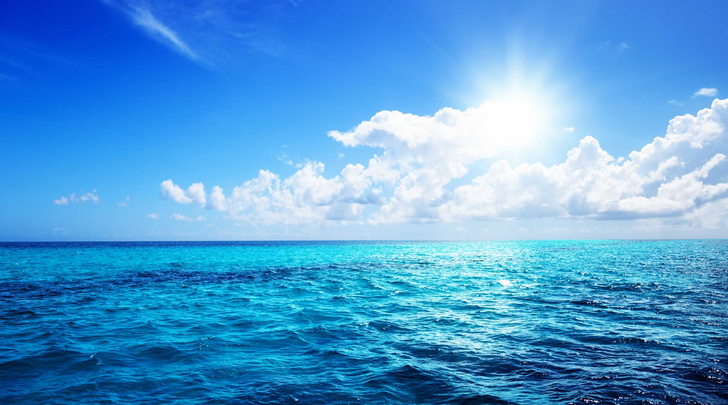Watching water helps better understand climate change

A new research facility launched today will allow scientists and researchers to better understand the relationship between wind, ocean and sky.
A specially designed ocean simulator tunnel located at the University of Melbourne and in collaboration with Swinburne University of Technology and Monash University,generates waves by blowing high speed air over a large tank of water offering researchers insights into how waves behave and the impact this has on climate and ocean engineering Dr Jason Monty, leader of the Michell Hydrodynamics Laboratory at the Melbourne School of Engineering said the tunnel facility looks at the complex relationship between heat, carbon dioxide, water and turbulence.
"We have designed and built a 60 metre wind-water tunnel so we can simulate how oceans behave. Understanding turbulence above and below the water will help with wave forecasting, climate modelling and weather forecasting," Dr Monty said.
As well as observing and measuring waves and their movement, lasers are shone onto micro beads placed in the water. The laser reveals a reflection of thousands of micro beads and patterns of the turbulent flow are recorded with high-speed cameras.
The Intergovernmental Panel on Climate Change (IPCC) lists clouds as an area that is poorly understood and clouds are formed by evaporation of the ocean, which is controlled by the turbulence at the air-sea interface that these researchers are modelling.
"One of the unique features of this wind-wave tank is its ability to generate hurricane force winds. Modelling of tropical cyclones suffers from lack of estimates of air-sea fluxes in extreme weather conditions, and the new flume will help to close this gap," Swinburne Professor Alex Babanin said.
"Ocean behaviour is still poorly understood but by modelling the ocean, we will better understand the role the ocean plays in the cycle of cloud formation and gas exchange, which will in turn provide a better understanding of the weather and climate," Dr Monty said.
Provided by University of Melbourne





















